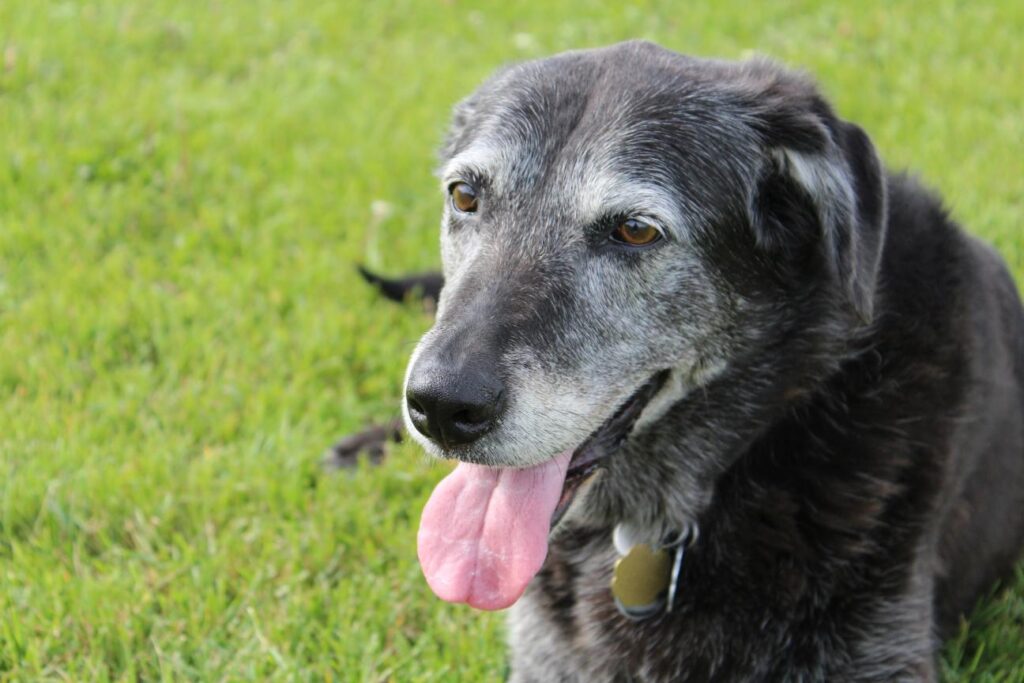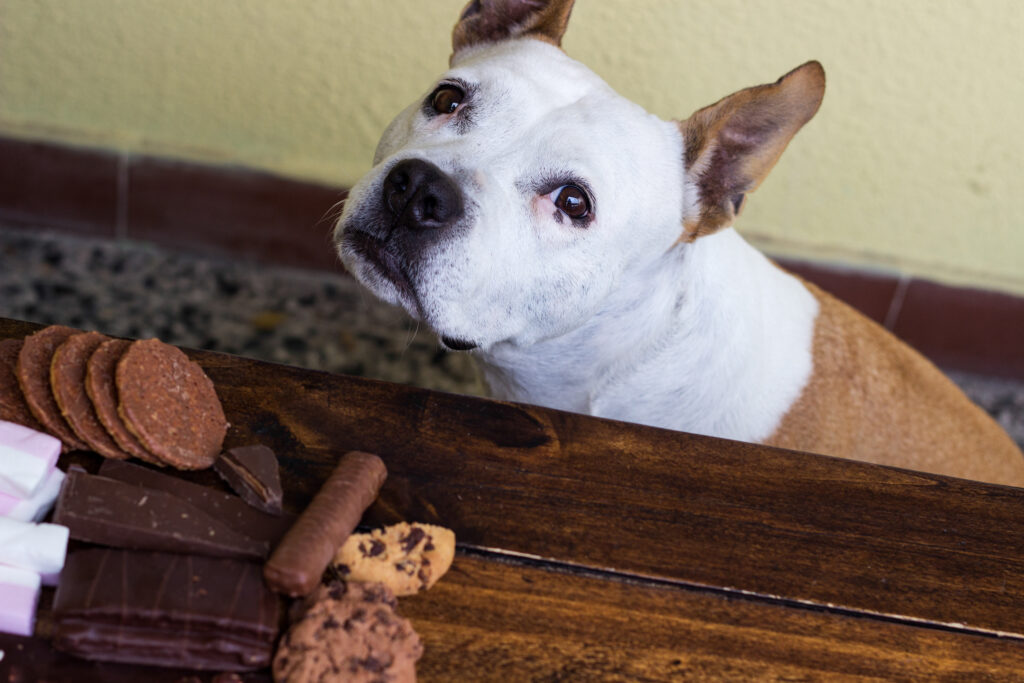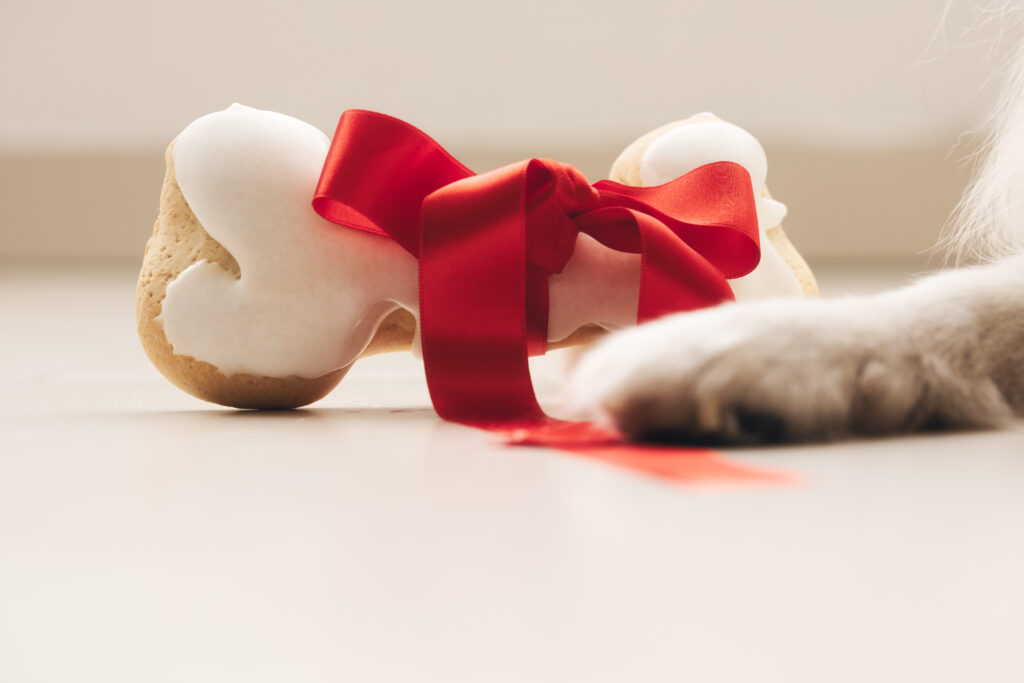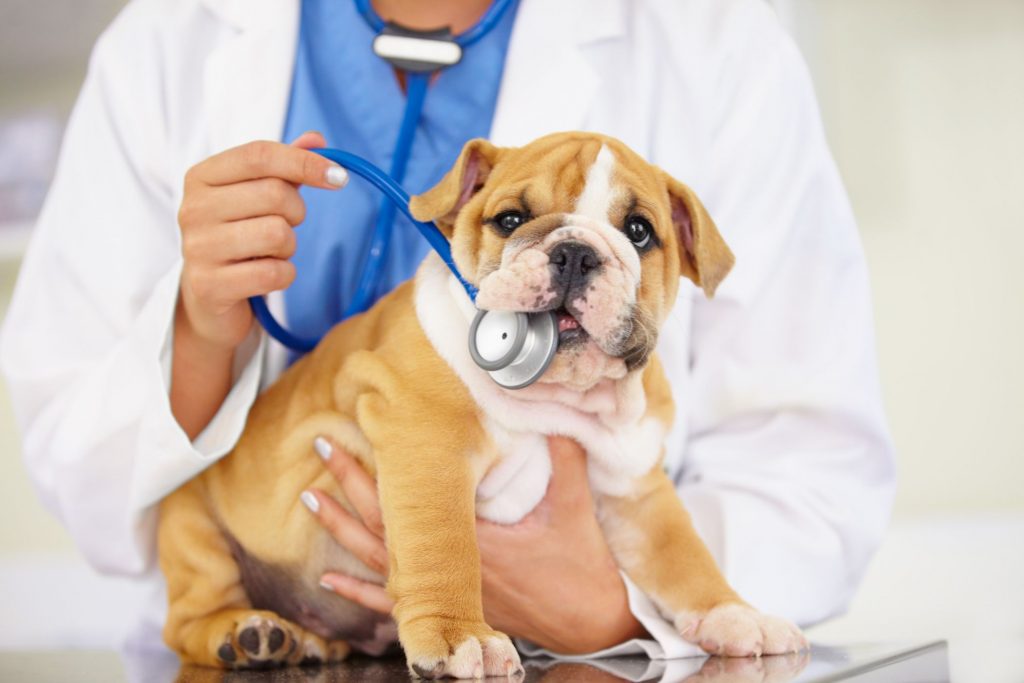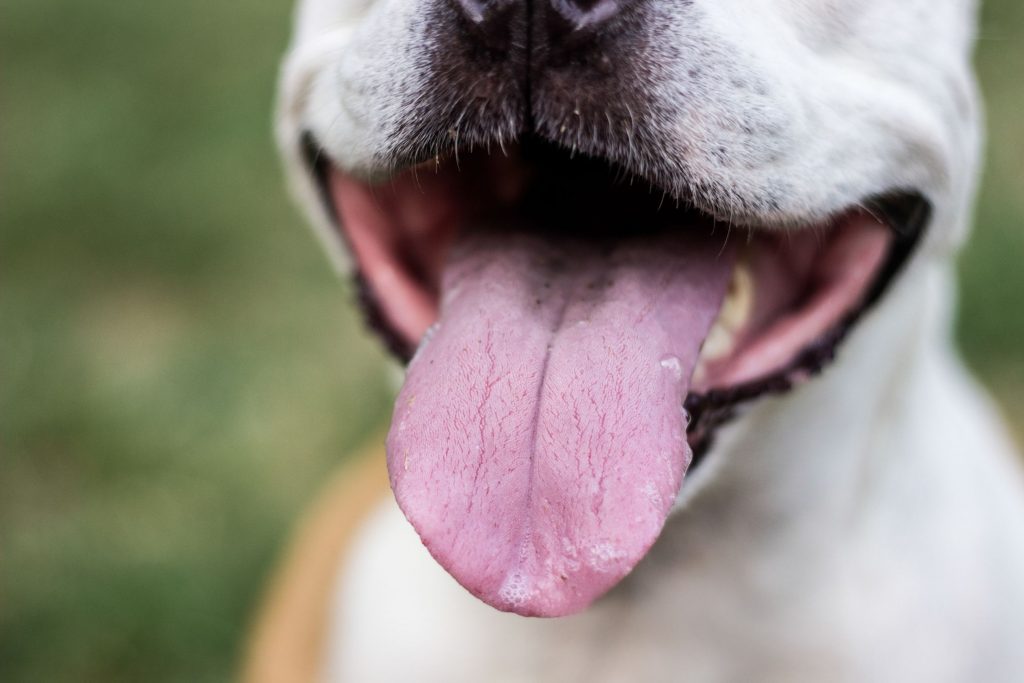Frequently Asked Questions (and Answers!) About Pet Dental Health
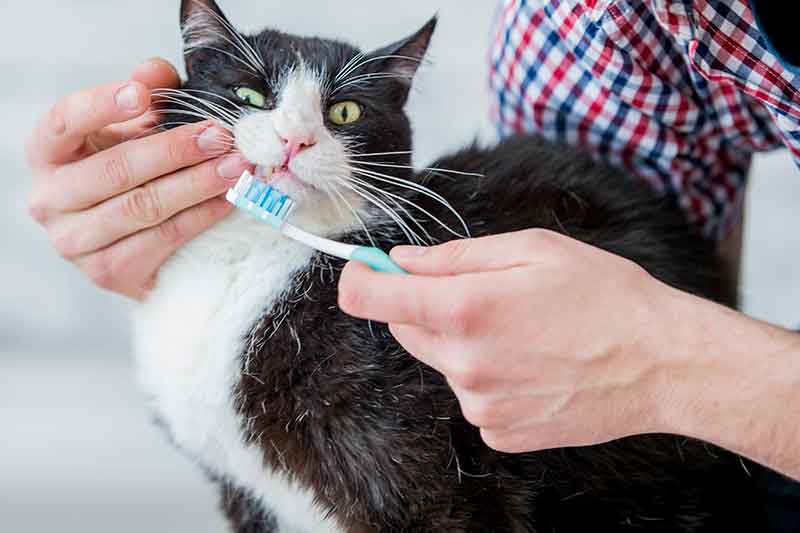
During your pet’s annual wellness exam, we always take time to check his or her mouth, gums, and teeth. This oral health exam is one of the most important and basic ways to keep your pet’s overall health good. It’s a little known fact that by the time pets are 4 years of age, over 85% of them have some form of dental disease. Luckily, this is entirely preventable.
At Clairmont Animal Hospital, we get a lot of questions about pet dental health, and so we thought we’d take this opportunity to answer some of these pressing concerns.
Continue…What’s the Key to Overall Pet Dental Health? Prevention!
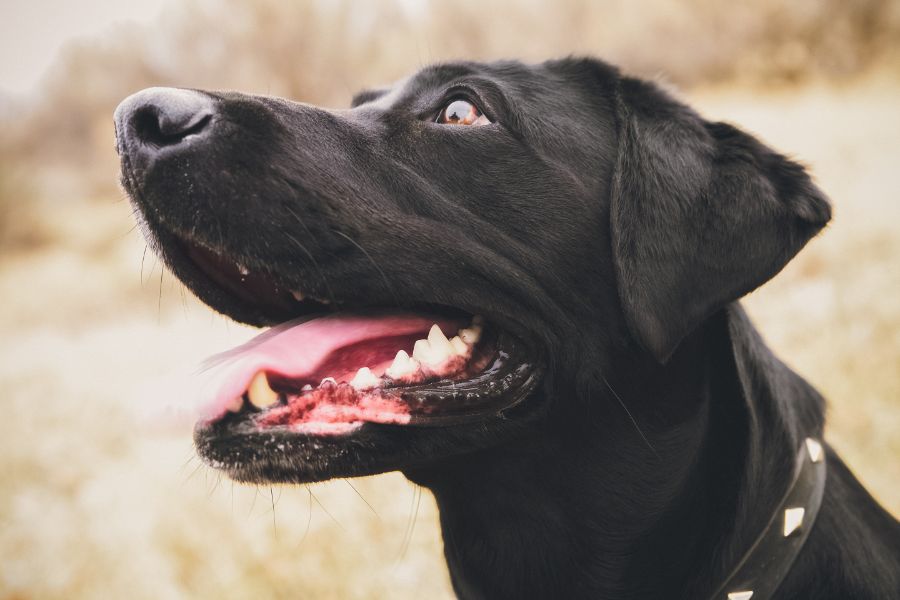
We’ve all heard the old adage, “If it ain’t broke, don’t fix it.” It’s an understandable approach to home or car ownership, but it really doesn’t have a place in the realm of pet care. Instead of only reacting to emergency illness or injury, the quality of a pet’s life utterly depends on a dozen daily habits. Optimal, age-appropriate nutrition, for example, or opportunities to get their blood pumping add vitality and contribute to contentment.
Additionally, to bolster long-term, full body fitness, upholding excellent pet dental health is part of the longevity puzzle.
Continue…Clean As A Hound’s Tooth: Why Pet Dental Care Matters
 Many pet owners are aware of the importance of taking control of their pet’s dental care and few are surprised by the positive effects on Fluffy or Fido’s overall wellness when a dental care routine is underway.
Many pet owners are aware of the importance of taking control of their pet’s dental care and few are surprised by the positive effects on Fluffy or Fido’s overall wellness when a dental care routine is underway.
However, just because you know that caring for your pet’s oral health is important, doesn’t mean that it’s not challenging to get into the full swing of pet dental care – that’s why we are here to support your endeavor.
Let’s review why dental care matters to your pet, and how you can influence his or her whole body health at home. Continue…
Open Wide: Pet Dental Care
 One of the most important factors determining your pet’s quality and quantity of life is dental health. Unfortunately, dental care is one of the most overlooked areas of pet care. According to the American Veterinary Dental Association, up to 80% of dogs and 70% of cats have some form of dental disease by the age of three.
One of the most important factors determining your pet’s quality and quantity of life is dental health. Unfortunately, dental care is one of the most overlooked areas of pet care. According to the American Veterinary Dental Association, up to 80% of dogs and 70% of cats have some form of dental disease by the age of three.
Just like us, when saliva and food combine with bacteria on your pet’s teeth, a substance called plaque forms. Eventually this becomes mineralized, forming tartar. Tartar accumulation can lead to inflammation in the gingival tissues and eventually destroy the tissues that support the tooth, leading to periodontal disease.
If left untreated, periodontal disease can lead to oral pain and the loss of teeth. Even more importantly, however, the presence of bacteria in continued dental disease can lead to the invasion of infection into the bloodstream. Bacteria in the bloodstream can cause damage to major organs including the kidneys, liver, and heart. Continue…
How Pain and Discomfort Affect Senior Pet Behavior
Since pets grow up so rapidly and then plateau for several years, the longest life stage is actually the senior or geriatric lifestage. As most pets become seniors around the age of 6 or 7 years old, and potentially live near or well past 15, the senior life stage is of crucial importance. With strategies to maintain optimal health, senior pets can enjoy continued comfort, mobility, and flexibility. However, most senior pets do experience some level of pain and discomfort that can affect their behavior.
Swimming Safety: Tips for Introducing Your Pet to Water
During the summer, there’s nothing like jumping into a crisp, cool body of water. If you want to include your pet in this summer fun, it’s important to do so safely. Introducing your pet to water could be the best way to beat the heat, and with our guide to swimming safety, you can both enjoy all the season has to offer.
Continue…For Their Own Good: Time to Focus on Pet Poison Prevention
At first glance, it might seem arbitrary that March is designated Pet Poison Prevention Month, but it’s actually the perfect time to raise awareness. We just finished one of the most chocolate-centric holidays of the year (thanks, Valentines, Day!), and we’re heading toward Easter. Not only that, but the spring season is just about to pop with seasonal color, along with plenty of opportunities for accidental pet poisonings.
With a little bit of diligence, we can avoid pet toxins and work toward enjoying the season together!
Continue…Holiday Pet Treats to Remember All Year
Most owners consider their pets to be close members of the family, so it makes sense to want to indulge them during the holidays. Unfortunately, this doesn’t include sneaking them scraps of turkey or stuffing under the table. That’s why we’ve gathered some delicious holiday pet treats that your fur pal will find both filling and satisfying.
Before the Goodness
Weight gain during the holidays isn’t restricted to humans. A decline in outdoor exercise paired with tasty holiday indulgences can add a few pounds to your pet’s waistline. If you have doubts about your pet’s weight or diet, please let us know. We can help develop a plan to support your companion’s seasonal wellness.
Feeling the Beat on Heart Disease in Dogs
Anyone with a special pup in their life knows that our canine companions are all heart. This can make it even more devastating, though, when heart disease in dogs affects your family. Clairmont Animal Hospital is here to help you, though, when it comes to understanding the causes, symptoms, and treatment of heart disease in dogs.
Continue…Ask Dr. Drool-ittle: Why Do Dogs Slobber?
It may be a little like asking why is the sky blue, but it’s perfectly natural to wonder why dogs slobber all over the place. Sure, some breeds are less likely to visibly salivate, whereas others seem to be characterized by a high drool factor. What causes thick, ropy streams of spit to dangle from certain canine lips? And, perhaps more importantly, what can owners do about slobbering?
Continue…

